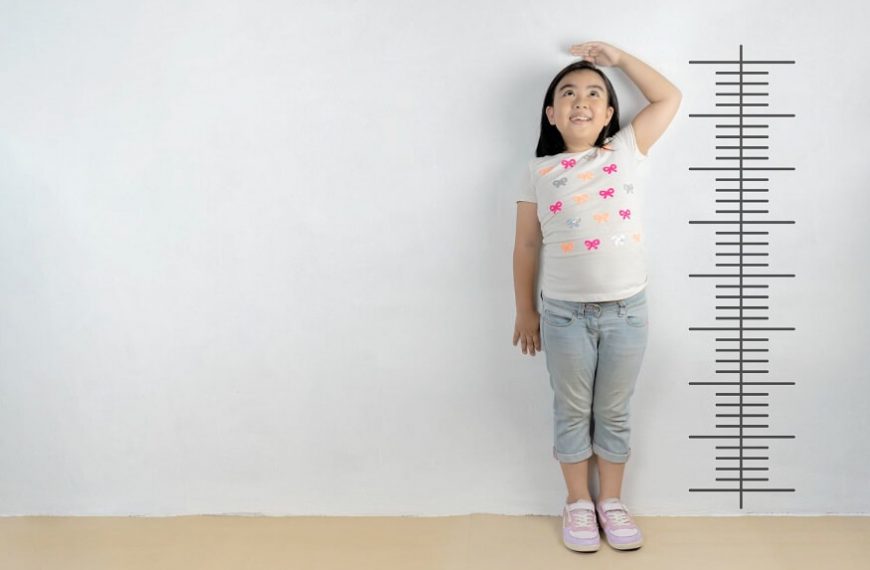Overview of Physical Development
In a world where evolution never ceases, imagine the babies growing inside the uterus, progressing with thoughts that inherit from parents. With scientific evidence, one could never deny that a baby’s stronger personality determines right from the time they are welcomed to the world. Through the calibre of parents, development in babies is witnessed and as the years pass by, the level of character takes a new position where visible results of transition leaves a task for parents to penetrate and mould so that the process of adaptability for parents and children can no longer be a strenuous affair.
Aspects of Child’s development
For several years medical science has been relentlessly imparting information to parents that child development is a course of conception to an individual transforming into a fully functioning adult.
Child development incorporates physical growth, language development, social, intellectual and emotional development. Whilst the notion holds about how these aspects have considerable separate paths but all of these aspects influence each other. For instance, with the signs of physical brain development the intellectual abilities are attained for a child to explore the social world so does the language develop in need to describe it.
Milestones
While children grow at their own pace, considerable age-related milestones have been identified with variations that are normal.
For example, when a child starts walking by 12 to 18 months it’s noted as normal. However, when there’s a delay, that’s when the family should take measures to fulfil the needs and by seeking professional guidance from education, health care and peers can support children to obtain milestones.
Physical Development
Physical development is one of the important domains in child development. This expands the route to notice both the motor skills- fine motor skills and gross motor skills. Parents play a vital role to reinforce the physical development in a way it nurtures the child and promotes confidence to explore the world with muscles that tend to serve them with needs, and help them to become a strong individual with agog to conquer challenges.
At crucial times of child development, the significant domain called physical development needs to be evaluated by parents provided with guidance and support. Providing the objects to clasp, potty training, enabling materials to engage their fine motor skills such as zipping or buttoning the clothes, helping them to ride a bike, playing a catch ball comprise a wide range of opportunities to strengthen their physical abilities . In addition to this, providing a healthy lifestyle with a balanced diet and sufficient sleep can help them to be physically active for the long run.
Signs of Physical Development
Limbs and Muscle Growth: the arms and legs will grow proportionate to the torso. You will start noticing your children becoming thin compared to the times of them being infants. Muscle growth aids child movement and the muscles of arms and legs tend to appear larger than the muscles of toes and fingers. This is where the right kind of nutrition helps to enhance their growth process.
Brain development and Motor skills: Under brain development you will notice children performing complex activities that enable them to bolster their cognitive development. Motor skills definitely contribute to the process of brain development around 2 years of age with the human brain already 70% of its adult size.
Here are how motor skills are categorised into two segments- (1) Fine Motor skills (2) Gross Motor Skills.
Activities such as running to building blocks, drawing to hopping and even balancing their body reflects the child’s performance on an everyday basis and under the supervision of professional guidance the noticeable delay will be assessed to ensure the threshold tweaks in skills development.
Teeth: Children tend to acquire 20 of their baby teeth which the latter permanent teeth will replace the baby teeth in between the ages of 5 to 13.
Ways to boost physical development in toddlers and preschoolers
- Take your child to explore nature, if possible you can ask your child to bring pebbles and toys
- Have a dance party at home. Groove with the music especially to the rhymes with fingers coming in action such as ‘itsy bitsy spider’
- Play a ‘catch ball’ game with your child. Let your child kick it and catch which can help promote the development of gross motor skills
- Play pretend game like walking on tightrope and balancing on it
- Get creative with pencils to prepare doodles and by using child friendly scissors you can allow your child to perform a few craft activities that can help enhance their fine motor skills.
- you can purchase a small inflatable pool, fill it with water and let your child paddle in it and splash to have fun
- Get your child a trampoline to hop
- Encourage your child to involve in simple household chores like washing the dishes, folding clothes and cleaning their room.
- above all ensure your child is well equipped with enriching diet and adequate time of good sleep to alleviate the overall development















